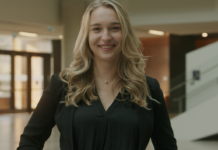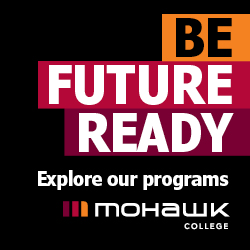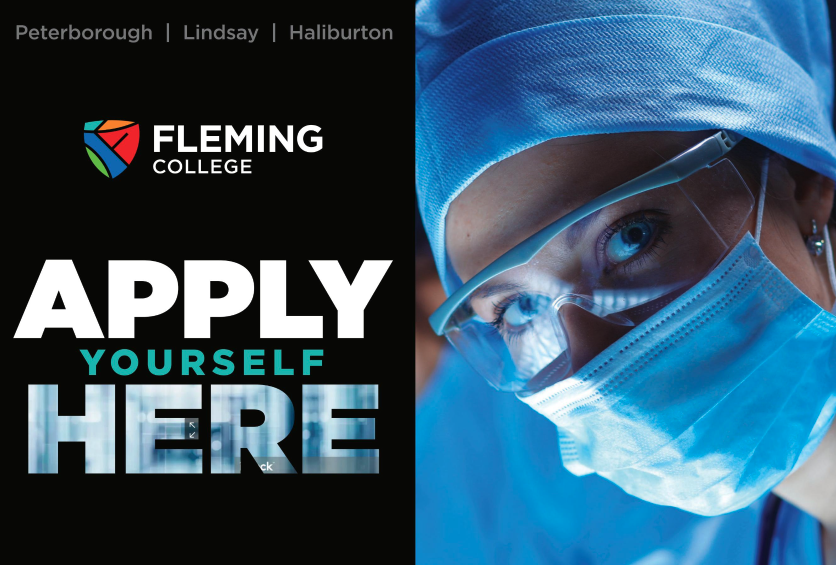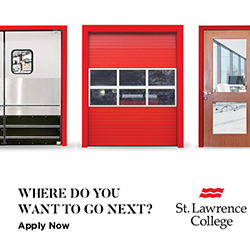After two years of pandemic-style learning marked by tremendous uncertainty, launching into post-secondary studies is both an exciting and daunting possibility for high school students and their families.
Above and beyond the usual stressors of selecting an institution and field of study, many high school students are faced with learning gaps and lingering mental health challenges amplified by the isolation and remote-learning necessitated by COVID-19-control measures.
The Ontario government’s Plan to Catch Up outlines new tutoring supports for the 2022-23 school year to help close learning gaps along with additional supports for students’ mental health. For graduating students, these services represent a bridge to those found at many Ontario postsecondary institutions.
Virtually there
To help students explore their options and ask questions, the Ontario Universities’ Fair is hosting inperson sessions across the province throughout October, followed by virtual sessions in November and December. The College Information Program is also making its way through Ontario this fall, with its last in-person stop in Kitchener on Nov. 3.
For those looking to virtually check out individual institutions, a benefit of COVID has been an enhancement of virtual tours and maps to give students a sneak peak of what they can expect when they get to campus. Queen’s University, for example, has recently launched an interactive 3D map highlighting important information such as accessibility features, wayfinding, and support services.
Other institutions, including colleges like Mohawk and Seneca, offer onestop web-based toolkits and guides filled with advice on technology requirements, building community, and even ‘learning how to learn.’
Preparation is the key to success
Students seeking to dive deeper into the post-secondary institution of their choice should join orientation and preorientation programs. These programs will provide a preview of the campus experience.
This programming helps students navigate campus, understand topics like budgeting and managing time, and equip themselves with a list of relevant academic and personal supports. Certain schools even offer academic credit for completing pre-orientation programs.
For learners heading to college or pursuing an apprenticeship, dual credit programs allow high school students to earn post-secondary credits before they even graduate. In addition to better preparing these students for their new school environment, dual credit students benefit from additional supervision in the form of support from their college instructor and dual credit teacher.
Emphasis on wellness
Arriving on campus for the first time can be stressful, especially for students who spent the pandemic almost entirely at home and are now relocating away from family, friends, and familiar sights. The first few weeks, up to around Thanksgiving, can be an especially critical ‘make or break’ time for a student’s success.
This is why some institutions and programs assign first-year students an upper-year mentor to help ease their transition and provide new learners with a friend who can help them establish their new routines. These mentors also tend to highlight relevant clubs and societies which can provide additional support and community connection.
In these early weeks, post-secondary institutions will typically place a special emphasis on wellness through initiatives that support physical health and exercise, community-building activities, and building life skills such as cooking. Some colleges and universities have rolled out apps, such as MySSP, to offer live counselling.
Schools are also increasingly making community connections to ensure access to ongoing supports that are relevant to a student’s culture, faith, or orientation to encourage the formation of healthy real-world relationships – a key aspect of overall wellbeing as students make their home and find their way within their new campus community.









